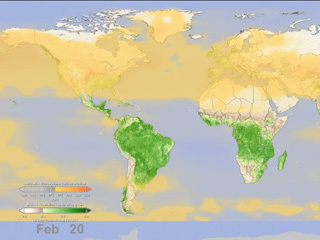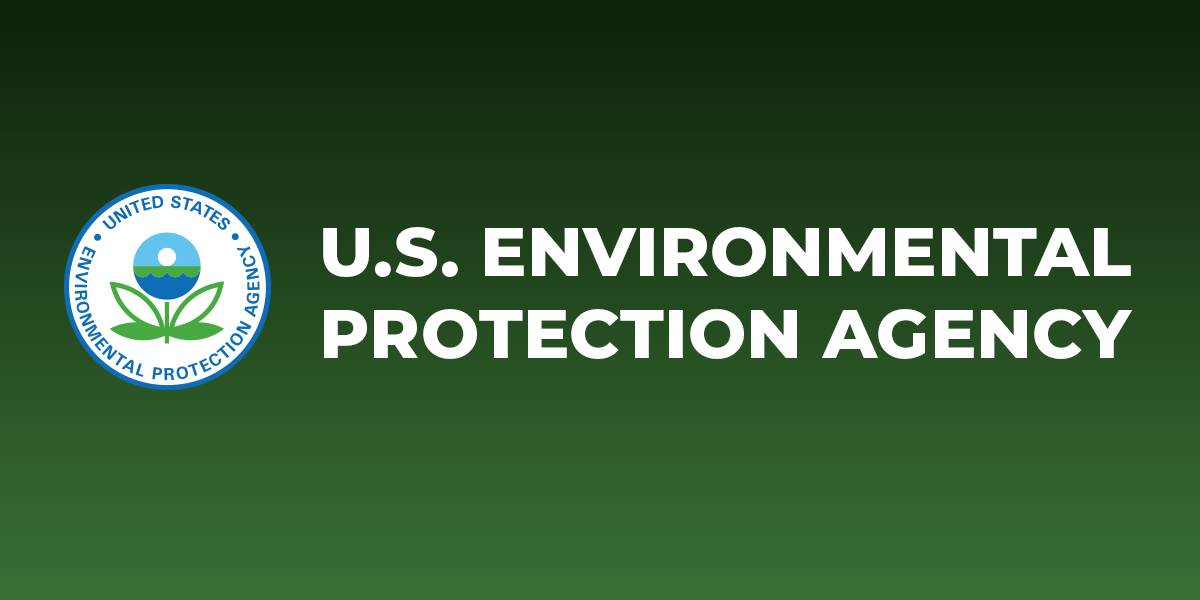gruesome
New Member
I think you are overly concerned about CO2. To be actually unpleasant (not dangerous or deadly, just unpleasant) the concentration would have to be in the percent region, assuming oxygen is still at 21%. (If I remember correctly, they were debating running some longer term space missions at a few percent, but that could make for a very unpleasant time adjusting to that level.) At 1000 ppm (parts per million) you are still a factor 10 below 1%. As others pointed out, the global average has crept up to 420ppm this year, so you can't really hope for anything lower indoors. The better your house is sealed, the higher the CO2 will go. I wouldn't worry about twice the outdoor value (800 ppm).
If it goes beyond 1000 ppm (0.1%, 1 permille) people can get tired/sleepy; that can easily happen in meeting rooms if the HVAC doesn't control for CO2 concentration.
This all assumes that your indoor oxygen levels are normal. If oxygen drops significantly below 21%, that is a reason to worry.
CO (one O) is a completely different thing (OSHA limit 50 ppm); are you sure you are not confusing the two?
If it goes beyond 1000 ppm (0.1%, 1 permille) people can get tired/sleepy; that can easily happen in meeting rooms if the HVAC doesn't control for CO2 concentration.
This all assumes that your indoor oxygen levels are normal. If oxygen drops significantly below 21%, that is a reason to worry.
CO (one O) is a completely different thing (OSHA limit 50 ppm); are you sure you are not confusing the two?
Last edited:



